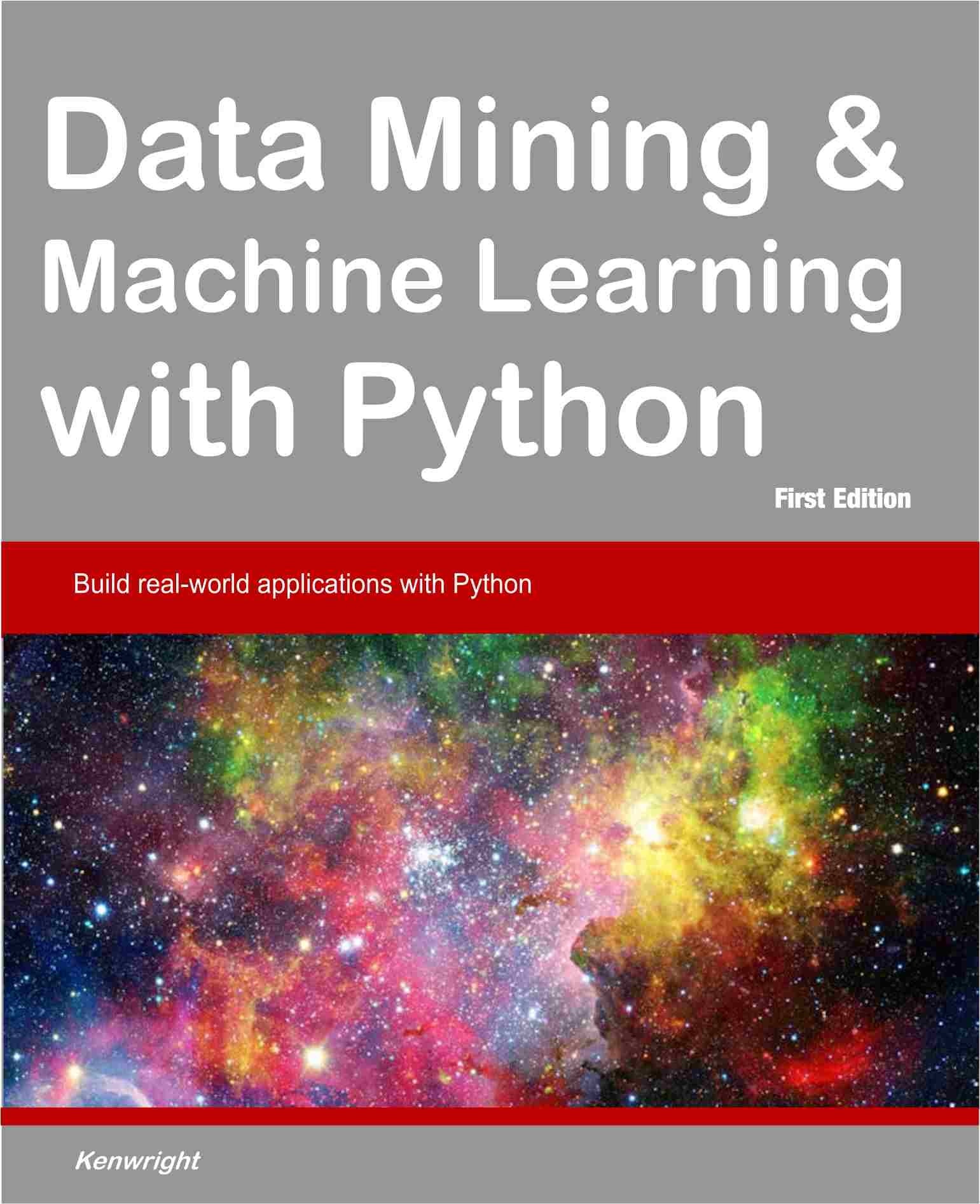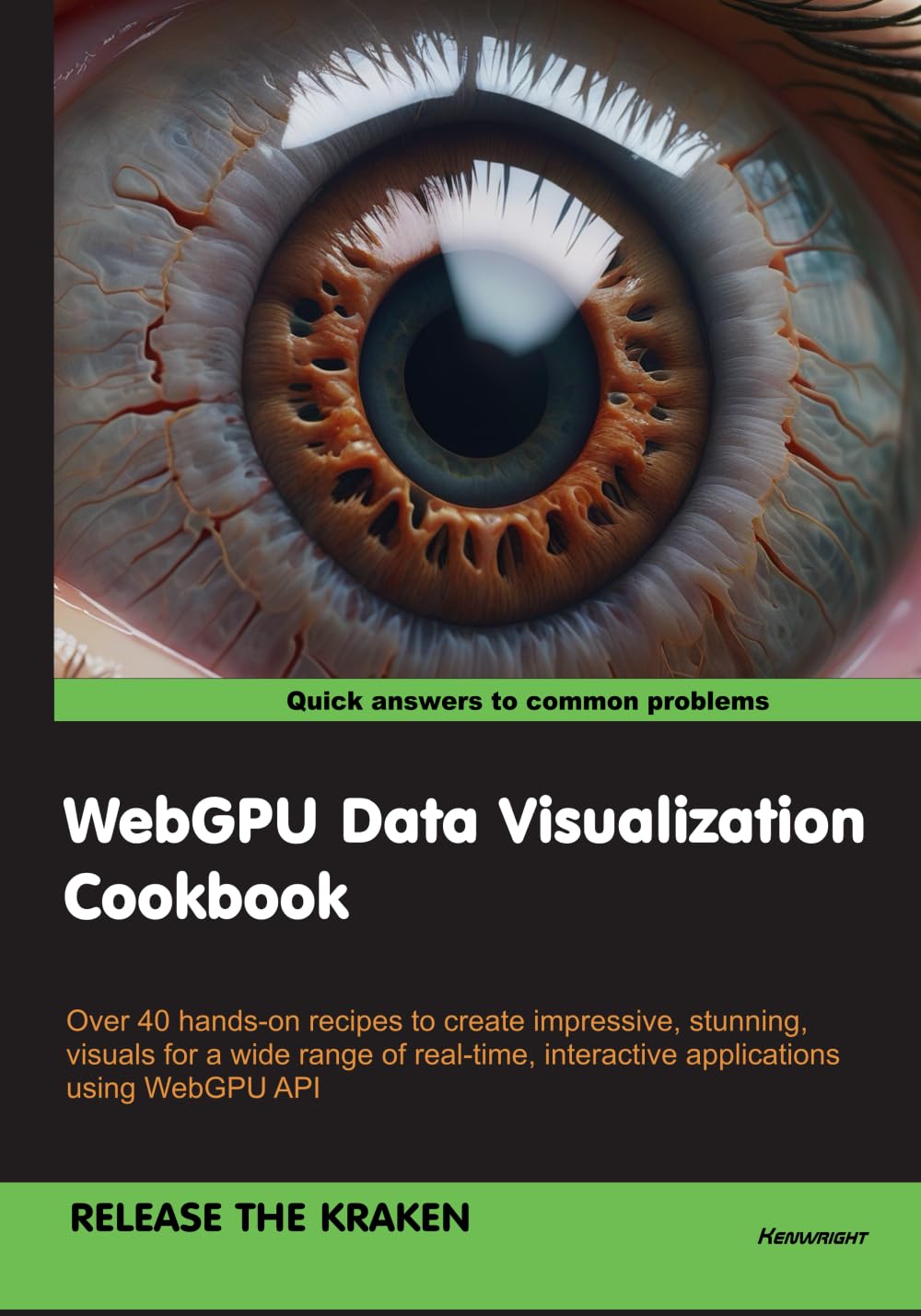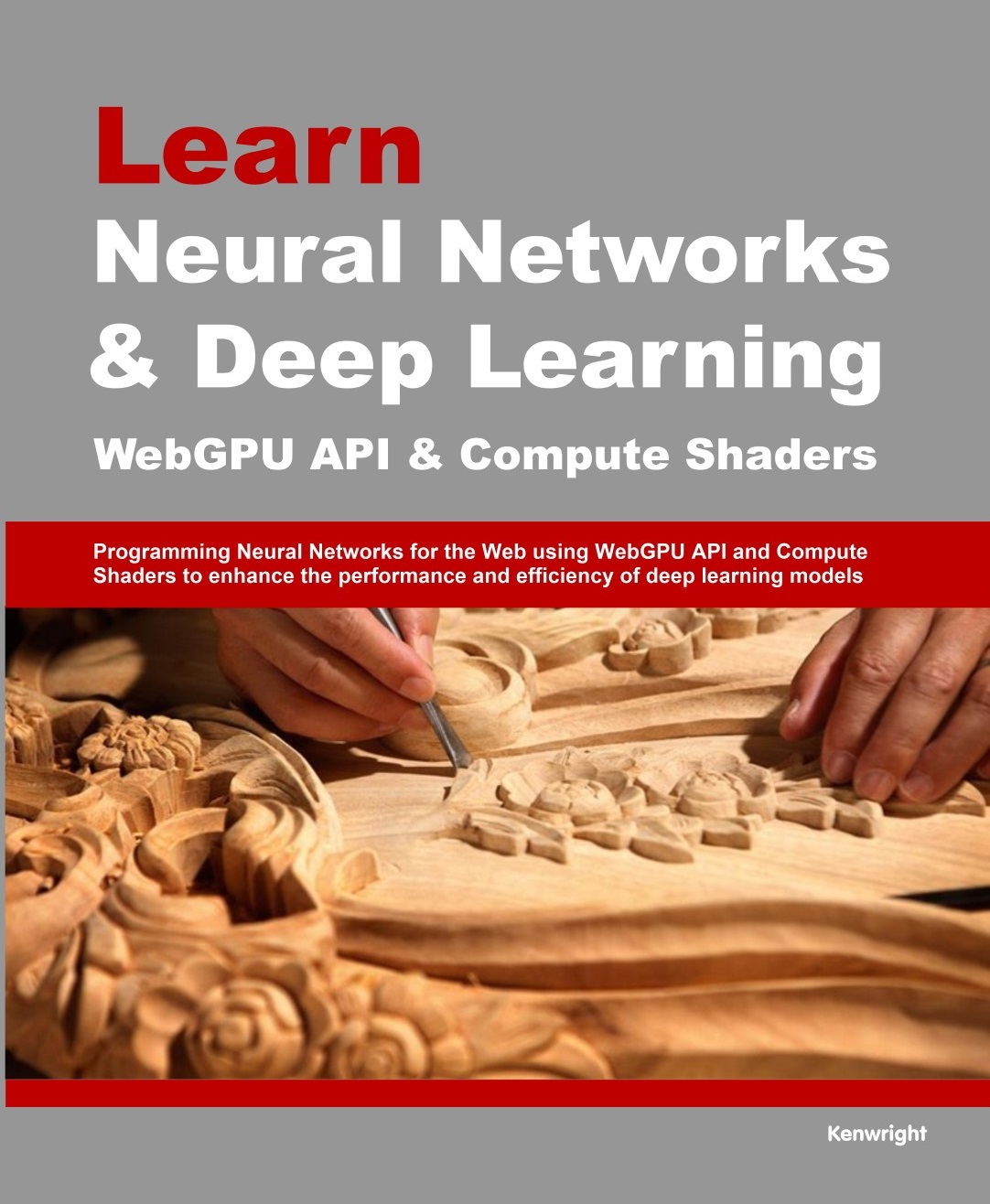Supervised Learning represents a cornerstone in machine learning, focusing on the task of training models to make predictions or decisions based on labeled data. Particularly in classification tasks, supervised learning algorithms learn to classify input data into predefined categories or classes by identifying patterns and relationships between features and labels.
While offering powerful predictive capabilities across various domains such as image recognition, sentiment analysis, and medical diagnosis, supervised learning is susceptible to issues like overfitting, where models excessively adapt to the training data, and bias, stemming from imbalanced or insufficiently representative datasets. Therefore, achieving optimal performance in supervised learning necessitates critical considerations in data preprocessing, model selection, and evaluation techniques to ensure robustness, generalization, and ethical implications of the classification outcomes.
 | What is supervised learning, and how does it differ from unsupervised learning? |  |
Supervised learning is a type of machine learning where the algorithm learns from labeled data, consisting of input-output pairs. The goal is to learn a mapping from inputs to outputs based on the provided examples. In contrast, unsupervised learning deals with unlabeled data, where the algorithm learns to find patterns or structures in the data without explicit supervision.
Key differences:
- Labeled data: Supervised learning requires labeled data, while unsupervised learning operates on unlabeled data.
- Objective: In supervised learning, the objective is to learn a mapping from inputs to outputs, while in unsupervised learning, the goal is to uncover patterns or structures in the data.
 | Can you give examples of real-world problems that can be solved using supervised learning? |  |
Real-world problems that can be tackled using supervised learning include:
- Email spam detection: Classifying emails as spam or not spam based on their content and features.
- Predicting stock prices: Forecasting future stock prices based on historical data and market indicators.
- Medical diagnosis: Identifying diseases or conditions in patients based on symptoms and medical test results.
- Handwriting recognition: Classifying handwritten digits or characters into predefined categories.
- Customer churn prediction: Predicting whether a customer will leave a subscription service based on their behavior and interactions.
 | What are the main components of supervised learning? |  |
The main components of supervised learning include:
- Training data: A labeled dataset consisting of input-output pairs used to train the model.
- Model: The algorithm or function that learns the mapping from inputs to outputs based on the training data.
- Loss function: A measure of the difference between the predicted outputs and the true labels, used to optimize the model during training.
- Optimization algorithm: A method for adjusting the model parameters to minimize the loss function and improve performance.
- Evaluation metrics: Metrics used to assess the performance of the trained model on unseen data.
 | What is the difference between classification and regression in supervised learning? |  |
- Classification: In classification, the output variable is categorical and represents a class label or category. The goal is to classify input data points into one of several predefined classes or categories.
- Example: Predicting whether an email is spam or not spam.
- Regression: In regression, the output variable is continuous and represents a real-valued quantity. The goal is to predict a numeric value based on input features.
- Example: Predicting the price of a house based on its features such as size, number of bedrooms, and location.
 | Can you explain the concept of a feature vector in supervised learning? |  |
A feature vector in supervised learning is a numerical representation of an input data point, consisting of features or attributes that describe the input. Each feature represents a specific characteristic or property of the input data.
For example, consider a dataset of houses for sale where each data point represents a house. The feature vector for each house could include features such as:
- Size (in square feet)
- Number of bedrooms
- Number of bathrooms
- Location (latitude and longitude)
- Year built
The feature vector for a particular house would contain the numerical values of these features, allowing the supervised learning algorithm to use them to make predictions or classifications.
 | How do you split a dataset into training and testing sets for supervised learning? |  |
Splitting a dataset into training and testing sets is crucial in supervised learning to evaluate the performance of a model on unseen data. The typical approach involves:
1. Random splitting: Randomly partition the dataset into two subsets: a training set used to train the model and a testing set used to evaluate its performance. A common split ratio is 70-30 or 80-20 for larger datasets, where the training set contains the majority of the data.
2. Stratified splitting: Ensure that the class distribution in the training and testing sets is similar to the original dataset. This is particularly important for imbalanced datasets where certain classes are underrepresented.
Example: Suppose we have a dataset of customer churn prediction. We randomly split the dataset into a training set, containing 80% of the data, and a testing set, containing 20% of the data. The training set is used to train the model on historical data, while the testing set is used to evaluate its performance on unseen data.
 | What is the role of a loss function in supervised learning, and how is it chosen? |  |
The loss function in supervised learning measures the discrepancy between the predicted outputs of a model and the true labels. Its role is to quantify how well the model is performing and provide feedback for optimization during training.
The choice of loss function depends on the type of task (classification or regression) and the desired properties of the model. For example:
- Mean Squared Error (MSE): Commonly used for regression tasks, where the goal is to minimize the squared differences between predicted and true values.
- Cross-Entropy Loss: Widely used for classification tasks, especially when dealing with binary or multi-class classification problems. It measures the difference between predicted class probabilities and the true class labels.
The loss function is chosen based on its ability to capture the performance of the model on the task at hand and its compatibility with the chosen optimization algorithm.
 | Can you describe the process of training a supervised learning model? |  |
The process of training a supervised learning model typically involves the following steps:
1. Data preparation: Preprocess the training data, including cleaning, feature engineering, and splitting into training and validation sets.
2. Model selection: Choose an appropriate supervised learning algorithm based on the nature of the problem (classification or regression) and the characteristics of the data.
3. Model training: Use the training data to fit the model to the patterns present in the data. This involves adjusting the parameters of the model to minimize the chosen loss function.
4. Model evaluation: Assess the performance of the trained model on the validation set using evaluation metrics such as accuracy, precision, recall, or mean squared error.
5. Hyperparameter tuning: Fine-tune the hyperparameters of the model, such as learning rate or regularization strength, to optimize its performance further.
6. Final model selection: Select the best-performing model based on its performance on the validation set.
7. Model deployment: Once satisfied with the model's performance, deploy it to make predictions on new, unseen data.
 | What are some common algorithms used for classification tasks in supervised learning? |  |
Some common algorithms used for classification tasks in supervised learning include:
- Logistic Regression
- Decision Trees
- Random Forest
- Support Vector Machines (SVM)
- K-Nearest Neighbors (KNN)
- Gradient Boosting Machines (GBM)
Each algorithm has its advantages and disadvantages and may perform differently depending on the nature of the dataset and the specific problem being addressed.
 | How do decision trees work in supervised learning, and what are their advantages and disadvantages? |  |
Decision trees in supervised learning are tree-like structures where each internal node represents a decision based on a feature, each branch represents the outcome of the decision, and each leaf node represents a class label or decision.
Advantages of decision trees include:
- Interpretability: Easy to understand and interpret, making them useful for explaining model predictions.
- No data preprocessing: Can handle both numerical and categorical data without requiring extensive preprocessing.
- Non-parametric: Can capture non-linear relationships between features and target variables.
Disadvantages of decision trees include:
- Overfitting: Prone to overfitting, especially with deep or complex trees, which may generalize poorly to unseen data.
- Instability: Small variations in the data can lead to different tree structures, making them unstable.
- High variance: Single decision trees have high variance, meaning they may produce different predictions for slightly different datasets.
Example: In a medical diagnosis task, a decision tree can be trained to predict whether a patient has a certain disease based on their symptoms and medical history. The decision tree will make sequential decisions (nodes) based on different symptoms until it reaches a final diagnosis (leaf node).
Ensemble learning is a machine learning technique where multiple models are combined to improve the performance of the overall prediction. Instead of relying on a single model, ensemble methods aggregate predictions from multiple models to make a final prediction.
Ensemble learning can improve model performance by:
- Reducing variance: By combining multiple models, ensemble methods can reduce variance and overfitting.
- Increasing robustness: Ensemble methods are less sensitive to noise and outliers in the data compared to individual models.
- Capturing diverse patterns: Each model in the ensemble may focus on different aspects of the data, leading to a more comprehensive representation of the underlying patterns.
Example: Random Forest is an ensemble learning method that combines multiple decision trees. Each tree is trained on a random subset of the training data and features, and the final prediction is made by averaging the predictions of all trees (for regression tasks) or using a voting mechanism (for classification tasks).
 | What is logistic regression, and when is it used in supervised learning? |  |
Logistic regression is a statistical method used for binary classification tasks in supervised learning. Despite its name, logistic regression is a linear model that predicts the probability that a given input belongs to a certain class.
Logistic regression is used when:
- The output variable is binary or categorical (e.g., yes/no, spam/not spam).
- There is a linear relationship between the input features and the log-odds of the output.
Example: Predicting whether an email is spam or not spam based on features such as the presence of certain keywords, the length of the email, and the sender's address.
The performance of a classification model in supervised learning can be evaluated using various evaluation metrics:
- Accuracy: The proportion of correctly classified instances out of all instances. (Good for balanced datasets)
- Precision: The proportion of true positive predictions out of all positive predictions. (Good when false positives are costly)
- Recall: The proportion of true positive predictions out of all actual positive instances. (Good when false negatives are costly)
- F1 score: The harmonic mean of precision and recall, balancing both metrics. (Good for imbalanced datasets)
- ROC curve and AUC: Receiver Operating Characteristic (ROC) curve plots the true positive rate against the false positive rate at various threshold settings. Area Under the ROC Curve (AUC) summarizes the performance of the classifier across all thresholds.
The choice of evaluation metric depends on the specific goals and requirements of the classification problem.
 | Can you describe the process of training a regression model in supervised learning? |  |
The process of training a regression model in supervised learning involves:
1. Data preparation: Preprocess the training data, including cleaning, feature engineering, and splitting into training and validation sets.
2. Model selection: Choose an appropriate regression algorithm based on the nature of the problem and the characteristics of the data. Common regression algorithms include linear regression, decision trees, and support vector regression.
3. Model training: Use the training data to fit the model to the patterns present in the data. This involves adjusting the parameters of the model to minimize the chosen loss function, such as mean squared error.
4. Model evaluation: Assess the performance of the trained model on the validation set using evaluation metrics such as mean squared error, mean absolute error, or R-squared.
5. Hyperparameter tuning: Fine-tune the hyperparameters of the model, such as regularization strength or tree depth, to optimize its performance further.
6. Final model selection: Select the best-performing model based on its performance on the validation set.
7. Model deployment: Once satisfied with the model's performance, deploy it to make predictions on new, unseen data.
 | What are some common algorithms used for regression tasks in supervised learning? |  |
Some common algorithms used for regression tasks in supervised learning include:
- Linear Regression
- Polynomial Regression
- Decision Trees
- Random Forest
- Support Vector Regression (SVR)
- Gradient Boosting Machines (GBM)
Each algorithm has its advantages and disadvantages and may perform differently depending on the nature of the dataset and the specific problem being addressed.
 | How do you interpret the coefficients of a linear regression model? |  |
In a linear regression model, the coefficients represent the slope of the relationship between each input feature and the target variable. The interpretation of coefficients depends on the scale of the features and the units of the target variable.
For example, if the target variable represents house prices and one of the features is the size of the house in square feet, a coefficient of 100 for this feature would mean that, on average, every additional square foot increases the house price by $100.
If the features are on different scales or have been standardized, interpreting coefficients becomes more complex, and it may be necessary to standardize the coefficients or use other techniques to make comparisons.
 | What are support vector machines (SVMs), and how do they work in supervised learning? |  |
Support Vector Machines (SVMs) are supervised learning models used for classification and regression tasks. In classification, SVMs find the optimal hyperplane that separates the classes in the feature space with the maximum margin. In regression, SVMs aim to find the hyperplane that best fits the data while minimizing the error.
SVMs work by:
- Mapping the input data into a higher-dimensional feature space.
- Finding the hyperplane that best separates the classes or fits the data.
- Maximizing the margin between the hyperplane and the nearest data points (support vectors).
SVMs are effective in high-dimensional spaces and are particularly useful when the number of features exceeds the number of samples.
The bias-variance tradeoff in supervised learning refers to the tradeoff between a model's bias (error due to simplification) and variance (error due to complexity). A high-bias model is oversimplified and underfits the data, while a high-variance model is too complex and overfits the data.
- High-bias models tend to have low variance but high bias.
- High-variance models tend to have low bias but high variance.
Finding the right balance between bias and variance is crucial for optimal model performance. Techniques such as regularization, cross-validation, and ensembling can help manage the bias-variance tradeoff.
 | What are some techniques for handling imbalanced datasets in supervised learning? |  |
Handling imbalanced datasets in supervised learning involves techniques to address the disproportionate distribution of class labels. Some common techniques include:
- Resampling: Oversampling the minority class or undersampling the majority class to balance the class distribution.
- Synthetic data generation: Generating synthetic samples for the minority class using techniques like SMOTE (Synthetic Minority Over-sampling Technique).
- Algorithmic approaches: Using class weights or cost-sensitive learning to penalize misclassifications of the minority class more than the majority class.
- Ensemble methods: Using ensemble techniques like bagging or boosting that inherently handle class imbalances.
Choosing the appropriate technique depends on the specifics of the dataset and the requirements of the problem.
 | Can you explain the concept of feature importance in supervised learning, and how is it calculated? |  |
Feature importance in supervised learning refers to the contribution of each input feature to the model's predictions. It helps identify which features are most informative or relevant for making predictions.
Feature importance can be calculated using various techniques:
- Coefficient magnitudes: In linear models, the magnitude of coefficients indicates feature importance.
- Decision tree-based methods: In tree-based models like Random Forest or Gradient Boosting Machines, feature importance is calculated based on how much each feature reduces impurity or error in the tree nodes.
- Permutation importance: This method involves randomly shuffling the values of each feature and observing the change in model performance. Features that lead to the largest drop in performance when shuffled are deemed most important.
Understanding feature importance helps in feature selection, interpretability, and model debugging.
 |
Other Data Mining and Machine Learning Texts |
 |















|